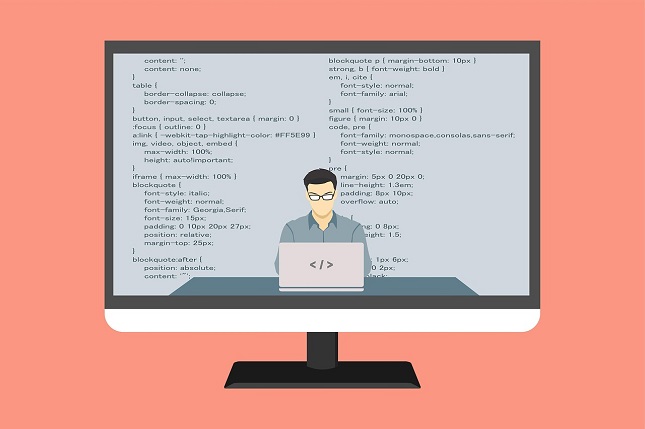The approaches of businesses to automation and testing are changing as a result of incorporating AI in quality assurance. Traditional QA techniques frequently find it difficult to meet demand as complex software applications become more prevalent. Modern solutions increase accuracy, decrease the required time, and automate monotonous processes. These technologies reduce human error while also increasing efficiency.
AI in quality assurance testing enables teams to predict potential issues before they occur. Businesses can maintain improved software quality because of this proactive approach. Modern solutions can also examine enormous volumes of data, spot trends, and recommend enhancements. Businesses that use them in QA see increased customer satisfaction and quicker release cycles.
One key advantage is integrating it into existing workflows. Many organizations now rely on quality assurance testing services that leverage modern technologies. These services improve testing tactics, increase coverage, and find defects sooner. Businesses can ensure more dependable software applications and streamline processes by utilizing AI-based tools.
How to Use AI in Quality Assurance Testing
Automate Test Case Generation
AI in QA automation simplifies test creation by learning from previous cases. Based on actual user interactions, ML algorithms create new scenarios by analyzing data from the past. This guarantees more coverage while lowering manual labor.
Generative AI in QA plays a key role in optimizing test scripts. Modern technology constructs cases dynamically rather than generating them from scratch. This enables teams to concentrate on important facets of software development while also speeding up the process.
Utilize AI-Powered Bug Detection
AI and ML in quality assurance enhance bug detection through predictive analytics. AI-driven tools analyze source code, logs, and test results to identify potential defects. Learning from past failures allows professionals to predict where new bugs are likely to appear and take proactive measures to prevent them.
Gen AI in QA also assists in identifying anomalies in test execution. Anomaly detection ensures subtle issues, often missed in manual testing, are flagged early. This leads to higher software reliability and better user experiences.
AI in QA Testing: Benefits for Automation
● Reduced Time
AI in QA testing significantly cuts down the time required for regression and functional approaches. Automated test execution maintains accuracy while speeding up the process. Continuous testing makes sure software upgrades don’t bring up any new flaws.
● Improved Accuracy and Efficiency
While AI in QA is excellent at identifying inconsistencies, human testers may miss some patterns in data. Compared to the manual approach, AI-powered solutions are more accurate at analyzing large volumes of data, identifying patterns, and highlighting anomalies. This guarantees reliable results and reduces false positives.
● Scalability for Large Projects
Complex software systems with thousands of cases can be handled using modern frameworks. Businesses that need regular software updates without sacrificing quality may find this very helpful. The newest tools can prioritize test cases based on risk analysis and ensure critical functionalities are always tested first. This leads to more efficient resource allocation and faster identification of high-impact defects.
● Enhanced Test Maintenance
Keeping scripts current when applications change is one of the biggest problems in the field. When the software’s user interface or functionality changes, AI in QA automation assists by updating scripts on the go.
AI-driven tools reduce maintenance efforts by adapting to changes rather than requiring manual rewriting of tests after each update. This guarantees they stay applicable and efficient, which frees up QA teams to concentrate on enhancing software quality rather than continuously repairing out-of-date cases.
The Future of AI in QA
Gen AI in quality assurance is now used to create more intelligent and adaptable test cases. As these solutions advance, software testing becomes more dependable and effective. The technology can improve coverage for various software settings and hone its techniques by learning from previous results. For complicated applications, this improvement guarantees more reliable testing and minimizes user involvement.
● DevOps
How to use AI in QA testing effectively? Integrating it with DevOps processes is one strategy. A continuous approach enables software teams to identify and address problems instantly. Higher software quality and quicker development cycles are the results of this smooth integration. Furthermore, teams may make data-driven decisions and improve testing tactics for improved performance with the use of AI-driven analytics, which offer real-time insights.
● Security Testing
The newest tools detect vulnerabilities, prevent security breaches, and enhance software resilience. As cyber threats become more sophisticated, AI-driven security testing is becoming an essential part of quality assurance strategies.
The technology is shaping the future of software testing and makes it more efficient and reliable. Businesses that embrace these solutions gain a competitive edge and ensure quality software and improved user satisfaction.







































